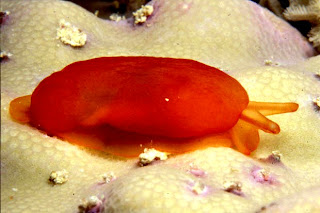



Went to the National Wetlands Centre Wales (Llanelli) to see the Spoonbill (Platalea leucorodia) from Holland that has introduced itself to the collection. European robin (Erithacus rubecula) were in full song in the trees and the atypical piebald Moorhen (Galinula chloropus) is still around after more than a year. On the Millennium Wetlands side, saw lots of Little grebe (Tachybaptus ruficollis) activity in the big lake.


+close+up+towards+Kent.jpg)




+top.jpg)





++Loughor.jpg)

+Loughor.jpg)


+top+view+NWCW.jpg)
+double+flowered+Swansea+Bay.jpg)


















+graze+Gorseinon.JPG)




























+basking+WWT.jpg)


%20mating%20NWCW.jpg)

